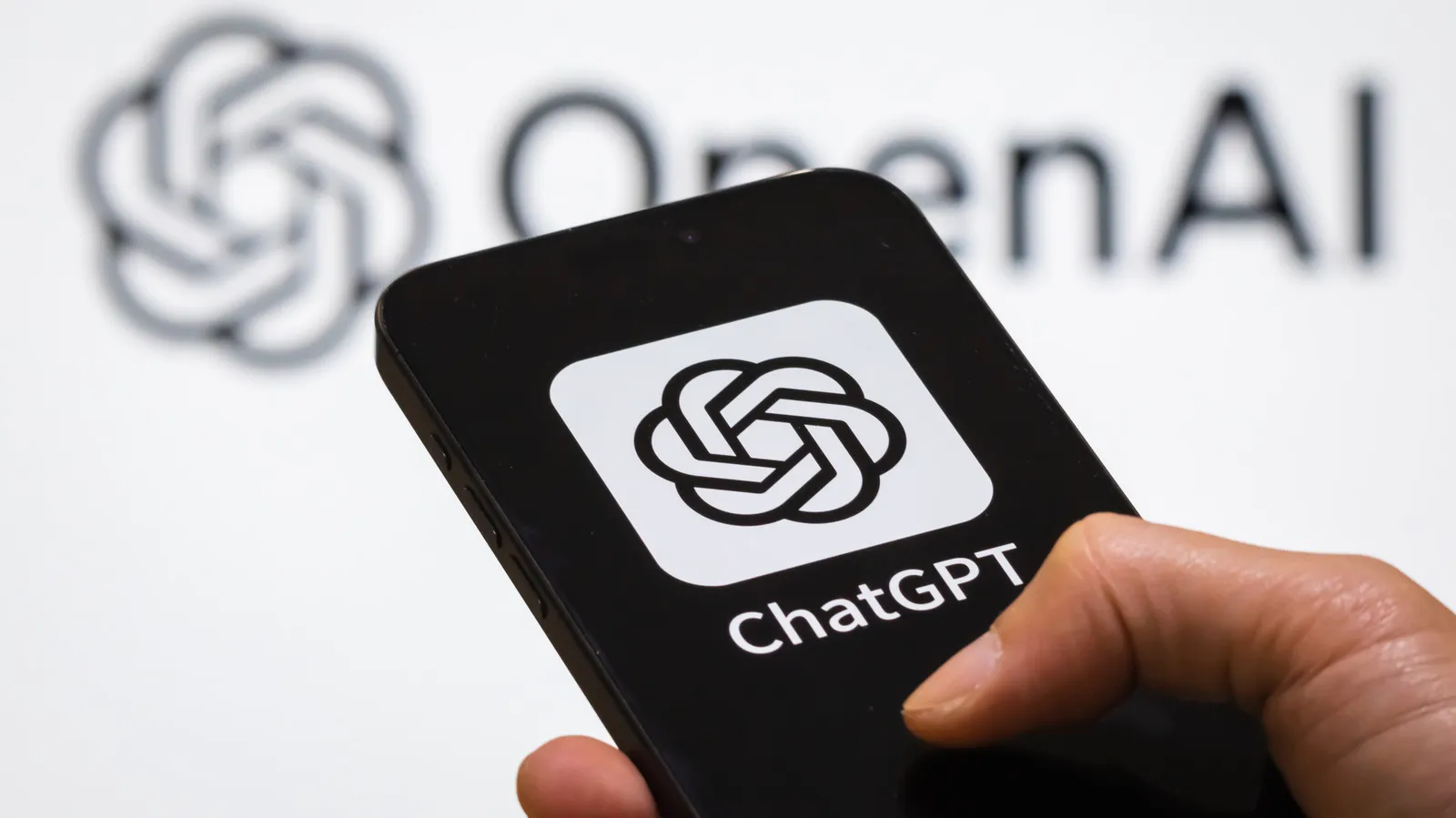Detect AI-Generated Text: 5 Clues and Tools to Use

As generative AI continues to permeate our lives, the ability to discern between human and machine-generated content becomes increasingly crucial. With tools like ChatGPT gaining popularity since their launch, the potential for misinformation and deception has never been greater. The challenge lies not only in recognizing AI-generated text but also in understanding its implications for our daily interactions and the information we consume. In this guide, we will explore five key clues to help you identify AI-generated content, alongside free tools designed to assist in this vital endeavor. Equip yourself with the knowledge to navigate this new landscape and safeguard your understanding of reality.
| Clue | Description | Example |
|---|---|---|
| Context Understanding | AI may misunderstand context, leading to nonsensical statements or errors that a human wouldn’t make. | Misinterpretation of humor or sarcasm, suggesting inappropriate actions like using glue on pizza. |
| Repetitive Vocabulary | AI text often uses repetitive phrases or overly formal language, which can seem unnatural. | Phrases like “In conclusion” or “It can be argued that” are common indicators. |
| Author Research | Investigating the author’s credibility can reveal AI-generated articles, especially if the author has no online presence. | Articles credited to fictitious authors or with vague bylines suggest AI creation. |
| Factual Inaccuracies | AI may produce text with obvious factual errors that a human would not overlook. | Claiming a public figure has a child with an 11-year-old girl is an extreme example of AI error. |
| AI Detection Tools | Various web-based tools can help identify AI-generated text, though they are not always reliable. | Tools like GPTZero analyze vocabulary and predictability to flag AI content. |
Understanding AI-Generated Text
AI-generated text refers to content created by computer programs, often called large language models (LLMs). These models, like ChatGPT, are trained using vast amounts of text from the internet. They can write essays, stories, or even mimic conversations. However, while they can produce coherent sentences, they sometimes generate inaccurate or nonsensical information. This inconsistency is crucial to understand as it can lead to confusion about what is true and what is not.
As AI tools become more common, recognizing their output is increasingly important. They often lack a genuine understanding of context, leading to mistakes that a human writer would avoid. For example, an AI might misinterpret a joke or fail to accurately represent a person’s background. This can result in misleading content that readers might unknowingly trust. Therefore, being aware of how AI-generated text works helps readers approach information with a critical eye.
Signs of AI Writing
There are several clues that can help you spot AI-generated writing. One major sign is the use of repetitive phrases. AI writers often rely on familiar expressions to connect ideas, which can make their writing feel unnatural. For instance, if you see phrases like ‘In conclusion’ or ‘It is important to note,’ these may signal that a machine, not a human, wrote the text. This can especially be true in articles that seem overly formal or padded with unnecessary words.
Another indicator of AI writing is the presence of factual inaccuracies. Since AIs do not truly understand information, they can easily mix up details or create incorrect statements. For example, an AI might incorrectly claim that a famous person was born in the wrong year. If you notice odd or impossible facts in an article, it could be a sign that it was generated by AI. Always double-check information if something seems off!
Tools to Detect AI Text
To help identify AI-generated text, there are various online tools available. These tools analyze the writing style and look for patterns typical of AI. For example, GPTZero is designed to highlight phrases that are commonly found in AI-generated content. While these tools are helpful, they are not perfect and may sometimes mistakenly label human-written text as AI. Therefore, it’s good to use multiple methods to be sure about the content you are reading.
Other resources include Grammarly’s AI detection feature, which can analyze the text for certain markers of AI writing. However, like GPTZero, it has its limitations. Often, these tools focus on linguistic aspects but might miss broader issues, like the context or factual accuracy. So, while these tools are a great first step, always combine them with your own judgment to evaluate the credibility of what you read.
Understanding the Limitations of AI Detection Tools
AI detection tools serve as valuable resources in identifying AI-generated text, yet they come with inherent limitations. Many of these tools rely on linguistic patterns and statistical analysis, which can lead to misleading results. For example, a text edited using grammar tools may be flagged as AI-generated despite being human-written. Users should be mindful that these tools are not infallible; they can produce false positives, thereby necessitating a careful review of flagged content.
In addition to false positives, AI detection tools may overlook nuanced markers of AI-generated text. While they excel at identifying certain linguistic features, they might miss glaring factual inaccuracies or context errors that a knowledgeable human reader would catch. Therefore, while these tools can provide a helpful starting point, they should not be solely relied upon for definitive conclusions about authorship. A combined approach of using detection tools and critical reading skills is essential for accurate assessments.
Key Indicators of AI-Generated Text
Recognizing AI-generated text involves looking for specific indicators that reveal its artificial nature. One of the most telling signs is the presence of repetitive phrases or overly formal language that lacks human touch. Phrases such as “It is important to note” or “In conclusion” are often overused by AI, leading to a style that feels mechanical and devoid of creativity. By paying attention to these patterns, readers can become more adept at spotting potential AI authorship.
Additionally, factual inaccuracies or nonsensical statements can serve as red flags for AI-generated content. While human writers may make errors, the types of mistakes made by AI often stem from a lack of understanding of context or subject matter. For instance, an AI might incorrectly state a public figure’s relationship status or personal history, leading to absurd conclusions. Spotting these inconsistencies can help readers discern whether they are engaging with human or AI-generated text.
The Future of AI-Generated Content
As AI technology continues to evolve, the landscape of content creation will also change. We may see an increase in hybrid content, where human writers collaborate with AI tools to enhance their work. This collaboration could lead to more polished pieces but also raises questions about authenticity and authorship. As a result, it becomes increasingly important for readers to develop skills for identifying AI involvement in content creation.
Moreover, the potential for misinformation and disinformation generated by AI poses significant challenges for society. As generative AI becomes more sophisticated, it could produce convincing yet false narratives that can easily mislead the public. This underscores the importance of critical thinking and media literacy in the digital age. Staying informed about the capabilities and limitations of AI will empower readers to navigate an increasingly complex media environment.
Frequently Asked Questions
What is AI-generated text and why should we care about it?
**AI-generated text** is writing created by computers using **artificial intelligence**. We should care because it can sometimes spread **false information** or be hard to distinguish from real writing.
How can I tell if a piece of writing was made by AI?
You can look for clues like **weird mistakes** that people wouldn’t make, or see if the text uses a lot of **repeated phrases**. Tools like **GPTZero** can help check if text is AI-generated.
What are some common signs that help me spot AI writing?
Some signs include:
– **Strange facts** that don’t make sense
– **Repetitive phrases** like ‘in conclusion’
– Articles that feel poorly written or lack personality.
Are there tools I can use to detect AI-written text?
Yes! There are free tools like **Grammarly** and **GPTZero** that can help you find out if something was written by AI. They check for patterns in the writing.
Why might AI-generated text get facts wrong?
AI can misunderstand context and facts because it doesn’t think like humans do. It relies on patterns, so it can create **nonsensical or incorrect** statements.
What should I do if I find a suspicious article online?
If an article seems strange, check the **author** or the website. Look for **red flags** like no clear author or weird facts that don’t add up.
Can AI create images and videos too?
Yes, AI can make **photorealistic images** and even mimic voices. This can lead to confusion about what is real and what is not.
Summary
The content explores the growing presence of generative AI in daily life, particularly focusing on its implications for text generation and the challenges of detection. It highlights issues such as AI’s tendency to produce inaccurate or nonsensical information, along with its repetitive vocabulary patterns. Various tools, like GPTZero and Grammarly, are discussed for identifying AI-generated text, though they have limitations. Indicators of AI authorship include context errors, excessive use of certain phrases, and questionable author credibility. Overall, the content emphasizes the need for vigilance in discerning the authenticity of online writings.






